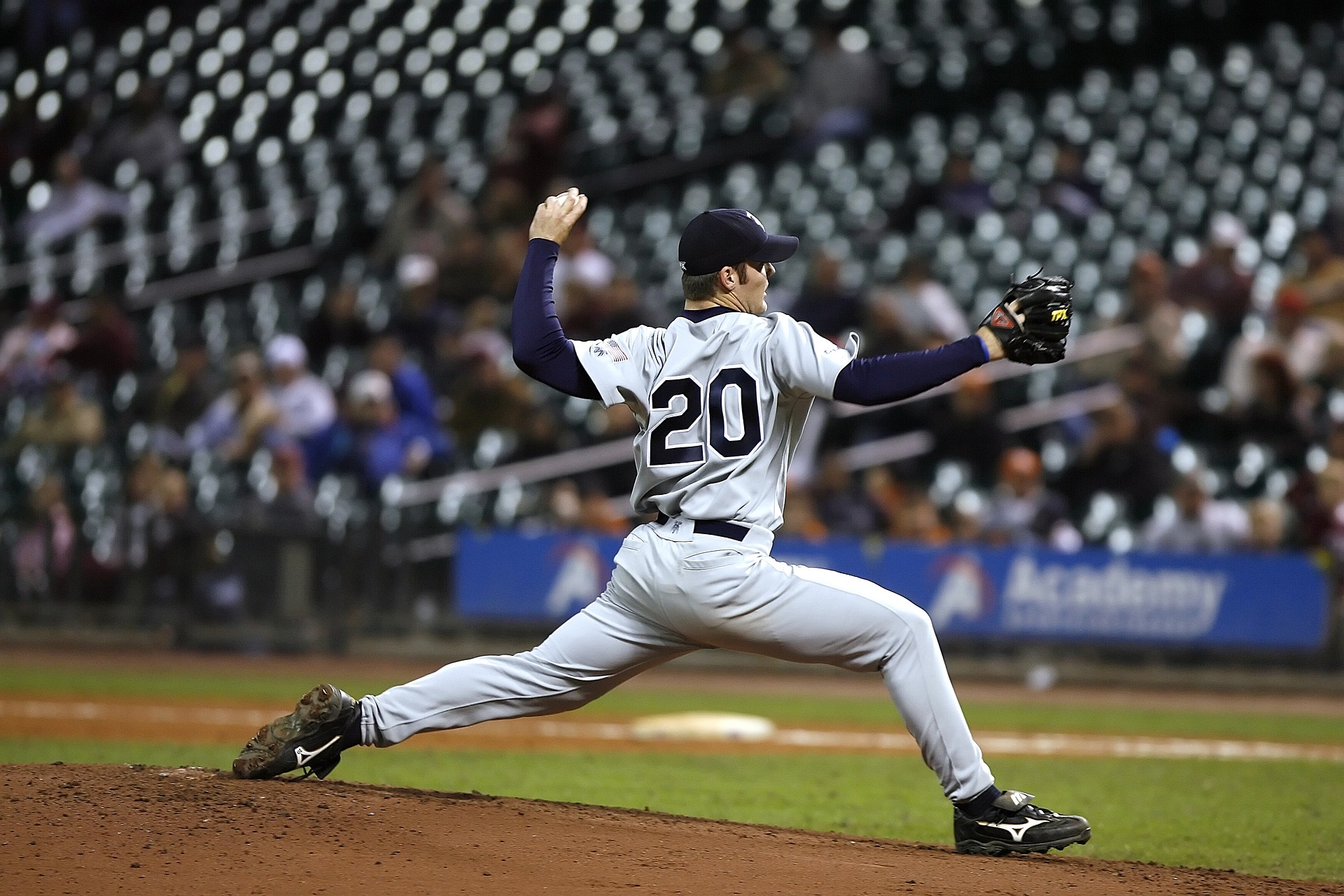Breaking Down the Biomechanics of Baseball: A Deep Dive into the Science of America's Pastime
A powerful swing, a swift pitch, and an agile catch—these are the hallmark maneuvers in baseball that separate the amateurs from the pros. But what are the science and biomechanics behind these movements? How have they evolved over time? And what are their real-world applications? This article provides a detailed exploration of these questions, offering unique insights into the heart of America's favorite pastime.

Baseball Biomechanics: A Historical Perspective
Baseball, as we know it today, started to take shape in the mid-19th century. From its early days, the sport demanded a unique blend of strength, precision, and strategy. The pioneers of the game intuitively understood the basic physics behind each swing, pitch, and catch. Over the years, however, as the game evolved, so did our understanding of the science behind these movements.
The Science Behind the Swing
The swing is often seen as the most important movement in baseball. It combines rotational power from the hips and shoulders with linear power from the arms and wrists. This complex kinetic chain, driven by a player’s muscles and joints, is a perfect example of how biomechanical principles are at play in baseball. The swing’s effectiveness not only depends on the player’s strength and technique but also on factors such as bat weight and pitch speed.
Pitching Mechanics: A Blend of Power and Precision
Pitching in baseball is as much an art as it is a science. The biomechanics of a perfect pitch blend power, precision, and an acute understanding of how the body moves. A pitcher must generate force from their legs, transfer it through their torso, and finally, deliver it to the hand that releases the ball. This kinetic chain, when executed correctly, can result in pitches that are both fast and accurate.
Fielding and Catching: The Role of Agility and Anticipation
Catching a ball in baseball requires a complex interplay of motor control, spatial awareness, and anticipation. Fielders must estimate the ball’s trajectory, move quickly to the right position, and then time their catch perfectly. These skills are underpinned by biomechanics and cognitive processes that have been honed through years of practice and play.
Real-world Applications of Baseball Biomechanics
The principles of biomechanics that underpin baseball have applications beyond the diamond. They can inform physical education curricula, contribute to injury prevention strategies, and even inspire innovations in robotics and artificial intelligence. Understanding these principles can also help aspiring players refine their techniques and take their game to the next level.
Baseball, in essence, is a fascinating blend of sports and science. The intricate biomechanics that underpin each swing, pitch, and catch are a testament to the complexity of this beloved sport. By delving into these mechanics, we can not only appreciate the sport on a deeper level but also leverage its principles to benefit various fields and improve athletic performance.




